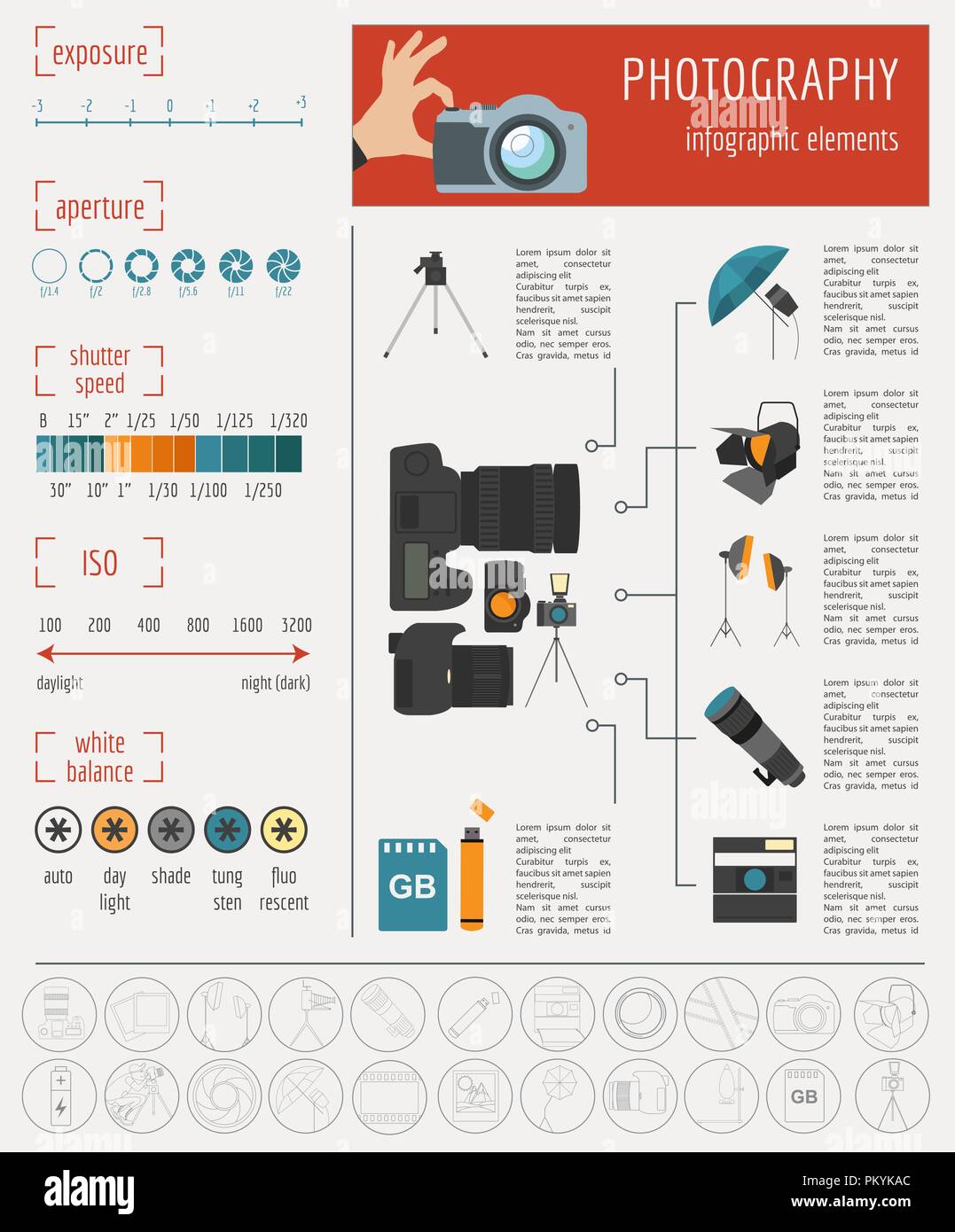What Every Professional Photographer Must Know About Illumination
What Every Professional Photographer Must Know About Illumination
Blog Article
Content Writer-Rogers Brady
As a digital photographer, you know that illumination can make or break your pictures. Comprehending the subtleties of both natural and fabricated light is important for catching the state of mind and quality you aim for in your job. Whether see this page chasing after the best gold hour radiance or fine-tuning your artificial arrangements, mastering these aspects can elevate your digital photography substantially. Yet there prevail mistakes that lots of neglect, and identifying them can change your approach to every shoot. Allow's explore what you could be missing out on and exactly how it can impact your results.
Understanding Natural Light
Comprehending natural light is important for any digital photographer wanting to improve their work. It's the foundation of great digital photography, affecting mood, tone, and quality. When you shoot outdoors, pay attention to the time of day. The gold hour-- soon after dawn and before sunset-- offers soft, cozy light that can transform normal scenes right into stunning pictures.
Do not undervalue the power of overcast days. Cloud cover diffuses sunlight, developing a soft, also light that's perfect for portraits and macro digital photography. You'll locate shades appear this type of lights without extreme shadows.
visit the up coming article , also. Always consider your topic's orientation to the source of light. If the sunlight's behind your topic, you might end up with a shape, which can be significant but mightn't be what you want. On the other hand, direct sunlight can create uncomplimentary darkness.
Explore angles; sometimes, altering your perspective can produce remarkable results. Usage all-natural reflectors, like water or sand, to jump light onto your topic, adding dimension.
Mastering Artificial Light
Grasping artificial light is essential for digital photographers who intend to take their abilities to the next degree. Whether you're using speedlights, studio strobes, or constant lights, recognizing just how to manipulate these sources can considerably boost your pictures.
Begin by familiarizing on your own with the basics of light top quality, direction, and shade temperature. Trying out different modifiers like softboxes, umbrellas, or grids to control the gentleness or harshness of the light.
You'll discover that soft light frequently creates flattering outcomes, while harsher light can include drama and deepness. Don't avoid darkness; they can improve the three-dimensionality of your subjects.
Pay close attention to the positioning of your lights. A light positioned also near your topic can produce unflattering outcomes, while too away can lead to an absence of detail. Make use of a light meter or your video camera's pie chart to ensure you're revealing correctly.
Last but not least, keep in mind that fabricated light can be combined with ambient light for innovative effects. Stabilizing these resources might take technique, once you master it, your digital photography will truly shine.
Strategies for Different Circumstances
When you enter various shooting scenarios, adjusting your lighting techniques is vital for catching the best pictures. For outside portraits, utilize the gold hour-- morning or late afternoon light-- to soften shadows and enhance complexion.
If it's a harsh noontime sun, take into consideration using a reflector to bounce light back onto your topic or seek shaded locations for a much more even exposure.
In low-light circumstances, like indoor occasions, enhance your ISO and use a wide aperture to allow in even more light. A tripod can help remove video camera shake, enabling longer exposures without blurring.
If you're contending evening, explore off-camera flash to develop vibrant lighting and deepness in your images.
For product photography, use diffused illumination to avoid harsh reflections. Softboxes or light outdoors tents can assist accomplish this impact.
When photographing landscapes, take into consideration the instructions of light and time of day, as it can dramatically transform the state of mind of your shot.
Constantly prepare to adjust your settings and positioning based upon the situation, as flexibility is key to understanding illumination in digital photography.
Final thought
In conclusion, mastering lighting is essential to boosting your digital photography abilities. Embrace natural light's elegance throughout gold hour, and don't shy away from explore synthetic light techniques. By adapting your method to different circumstances, you'll catch magnificent photos that reverberate with emotion and clarity. Bear in mind, the right lights can transform a common shot into something extraordinary, so keep practicing and improving your understanding of both all-natural and artificial light. Pleased capturing!
